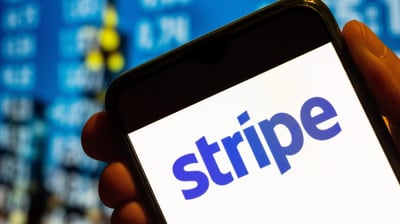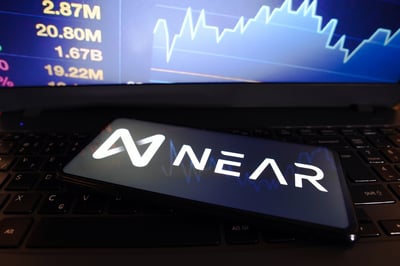Cross-chain bridges have emerged as one of the quiet heroes of the last bull market. Up until around 2021, most people used centralized exchanges to transfer assets between blockchains, but it made the user experience slow and clunky. If blockchain networks were like cities, moving between them via a CEX was like using a slow horse on a dirt track. In contrast, cross-chain bridges are like multi-lane highways, enabling fast and more efficient transfers between hubs.
The ability to transfer value more seamlessly between blockchains means that liquidity flows more freely and is less fragmented. Furthermore, deeper liquidity and a better user experience promote adoption, fostering further innovation and creating a virtuous cycle.
However, with so many options now available, it can be challenging to navigate the bridge ecosystem. Here are five contenders that stand out from the crowd.
RocketX
RocketX is one of the leading cross-chain protocols offering aggregated liquidity of over $100 billion thanks to an expansive range of integrations. This includes over 450 CEXs and DEXs, with interoperability seamlessly uniting more than 100 blockchains and enabling smooth native asset transfers.
The RocketX protocol operates similarly to a search engine, offering a one-stop-stop that seeks out the best prices of more than 20,000 tokens from all supported CEXs and DEXs. Effectively, users can swap any token for any token, accessing the best price and with low platform fees of 0% to 0.4%. Users can access fee discounts via RocketX’s $RVF token, which also offers other benefits, including early access to product features and exclusive rewards.
The platform is fully decentralized and non-custodial, so users always keep control over their keys and tokens via supported wallets such as MetaMask or TrustWallet. However, RocketX has also underscored its security credentials with multiple independent audits via reputable cybersecurity experts, including Zokyo.
Synapse Protocol
Synapse Protocol is a cross-chain communication network that uses a security model based on Optimism to reach consensus over cross-chain transactions. The protocol’s standout feature is the Synapse Bridge, which can be used to send assets seamlessly between blockchain networks with low fees, supporting use cases in DeFi and gaming.
The Synapse Bridge currently supports asset transfers between 19 major Layer 1 and Layer 2s, including Ethereum, Avalanche, Polygon, and Metis. Like RocketX, it’s among the most popular bridges, with over $100 million locked at the time of publication.
The project is also developing the Synapse Interchain Network, which will be used to send all types of data and value across supported blockchain networks using an Optmistic Layer 2.
Stargate Finance
Stargate Finance is a cross-chain liquidity protocol that aims to overcome the so-called “bridging trilemma” via its Omnichain protocol. It allows users and applications to transfer assets across blockchains while offering instant guaranteed finality via its unified liquidity pools.
Thanks to support for many different types of stablecoins across supported networks, which include Ethereum, Polygon, Fantom, and Arbitrum, Stargate has become known among those users seeking stablecoin liquidity and yields.
Stargate has also gone the extra mile to demonstrate its code security credentials, undertaking audits from three independent providers and offering substantial rewards in its bug bounty program. As with other cross-chain bridges, developers can tap into Stargate’s capabilities via an API and SDK.
Rubic
Rubic is a cross-chain protocol that enables on-chain and cross-chain swaps for over 60 blockchain Layer 1 and Layer 2 platforms and 60 more DEXs, supporting over 15,000 tokens. Supported blockchains include Optimism, Arbitrum. Solana, and BNB Chain.
Similar to RocketX, Rubic can be used as a standalone dApp but also offers an SDK and widget so that developers can integrate the swap functionality into their offerings.
Rubic also offers onboarding from fiat currency, providing a smooth user experience even for newcomers.
Portal
Finally, Portal has emerged as a solid competitor for those seeking to transfer value across non-EVM-compatible blockchains such as Solana, NEAR, and Cosmos, although some EVM-compatible ecosystems such as Ethereum, Celo, and Moonbeam are also supported. It also supports the bridging of NFT assets.
Based on the Wormhole bridging protocol, Portal uses a wrapping mechanism to send assets between blockchains, locking the origin token and minting a new wrapped token on the target blockchain. While not as popular as some of the other options listed here, Portal remains a solid choice for cross-chain asset bridging.
By now, users are spoiled for choice when it comes to cross-chain bridging dApps. Whether you’re seeking the lowest fees, the most supported assets, or the accessibility of yield-earning opportunities, one of the options listed here will be right for your needs.
 Nikolas Sargeant
Nikolas Sargeant





